Build Trust, Connect, and Deepen Your Relationships
I love my work. Every client, every group brings new challenges and learning to me. I had an incredible opportunity to work with dependents of National Guardsmen who had been, or were currently deployed. The woman who hired me described the students as resilient, curious, and full of compassion. And when I met them that day, I completely agreed with her assessment. I’ve never worked with a group quite like these teenagers. They were welcoming, warm, and very bright. Every one of them had something to contribute to each conversation I facilitated, when I left, I had more hope than ever for the future of our communities.
When we started the workshop, I talked about personal brand, being an ambassador for your people – no matter who you represented at any given time, to any audience. We discussed how we can share specific stories about our experiences in order to demonstrate the qualities we want to demonstrate to an audience, whether that’s a friend, family member, in an interview, or any other situation.
It was the last hour of our time together, and time to focus on listening, rather than sharing.
We were sitting in a large circle on white folding chairs, 12 teenagers between 13 and 17 years old, talking about storytelling and active listening.
I had described some of the techniques I use for active listening, like repeating words back to people to make sure I understand them, leaning forward, and making sure my body language is open and approachable, but I knew a demonstration would be more effective for the group.
Turning my chair to face the boy sitting to my right, a shy athlete with his arms crossed over his chest, I started to ask him questions. I leaned forward slightly, my hands relaxed on my lap. I was fully present, and as I started the conversation, my full attention was on him, the others just faded away for me.
“I know you love sports, and that you’ve had some great moments playing baseball and football. What else do you do?”
“Not much. Hang out with friends, I guess.”
“Do you have a dog?”
“Yes.”
“What’s your dog’s name?”
“Henry.”
“Henry! What a great name for a dog. What is his breed?”
“He’s an Australian Shephard/lab mix.”
“I bet he’s really sweet. How do you spend time with him? Walks? Snuggles?”
“We walk together almost every day.” He smiled subtly, just the edges of his lips turning upward.
“I’ll bet you really love Henry and he loves you! Did you get him as a puppy, or did you adopt him?”
“We got him when he was only 8 weeks old.”
“Oh, how sweet. Was he super snuggly with you back then?”
“Yes.”
“Do you miss his snuggly puppy days?”
He smiled sweetly this time, an obvious grin at the memory of Henry as a puppy. That’s when his hands dropped into his lap, relaxed.
“I love puppies, even though they’re a lot of work. Did you train Henry to do any tricks?
“Yes, he’s really smart. One time I taught him to...”
He went on, sharing a story of how he trained his dog to do a trick. We wrapped up the conversation, and I turned my chair to face the rest of the group.
“Anyone notice what happened there?”
Almost immediately, and almost in unison, the teens said:
“Yes! He put his hands down from crossing them across his chest! He dropped his hands into his lap.”
I couldn’t have planned a better demonstration of the power of active listening, and that audience immediately understood that power when they saw the shift in their friend’s body language. They had spent a lot of time with him but hadn’t heard the story of how he trained his dog to do a trick.
If we want to truly connect with a person, we have to help them feel safe. One of the best ways to do that is to open our body language and ask questions to draw out stories.

